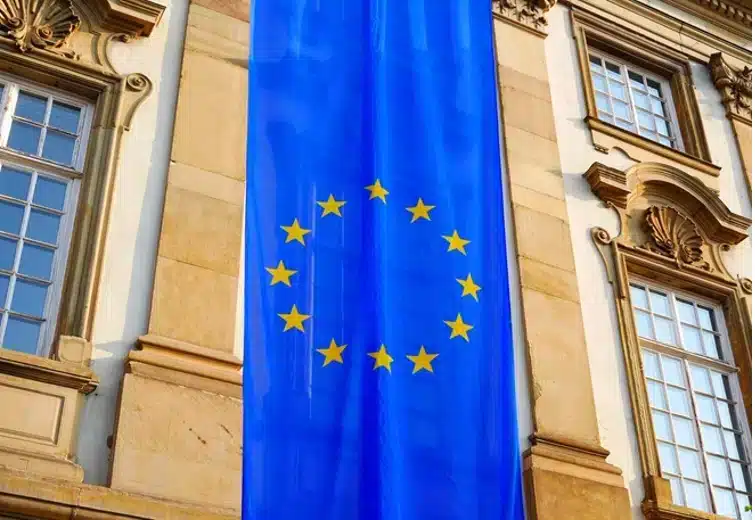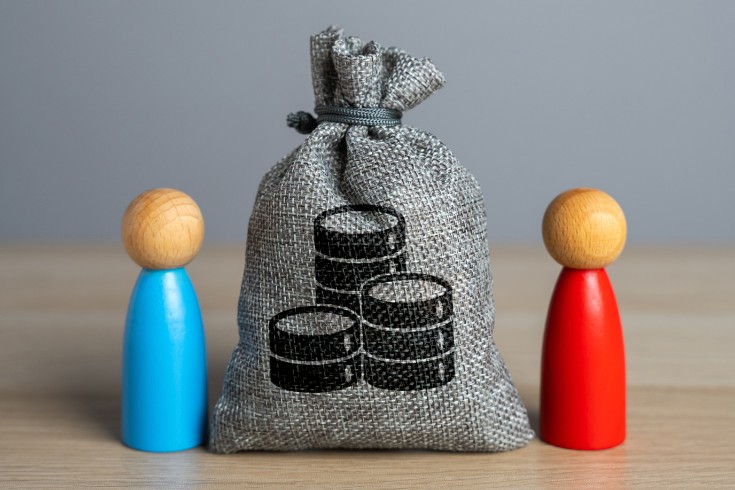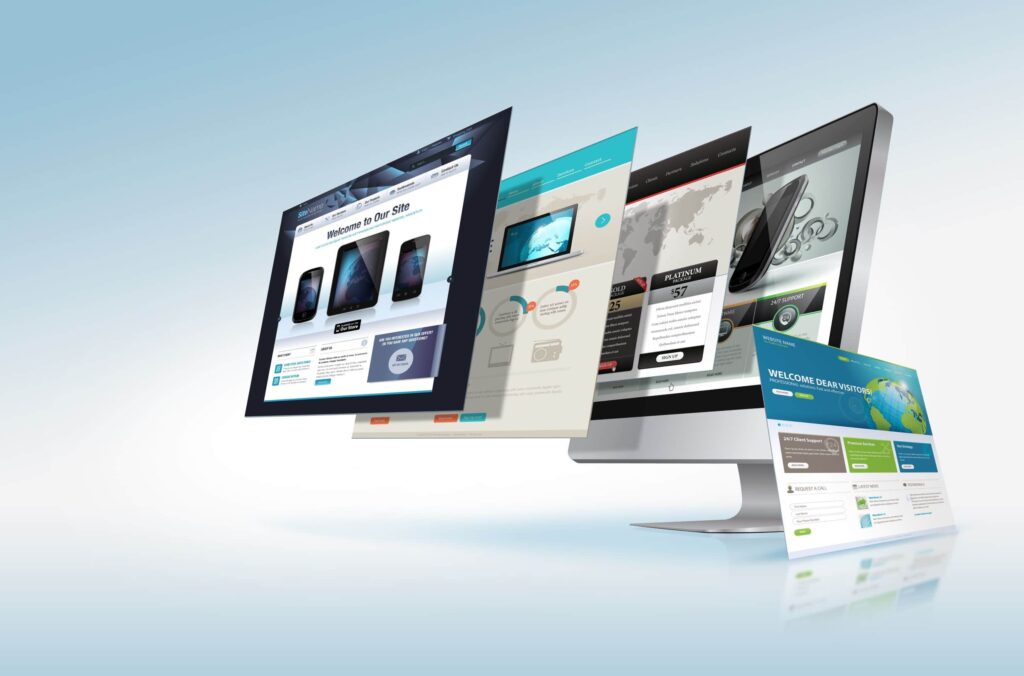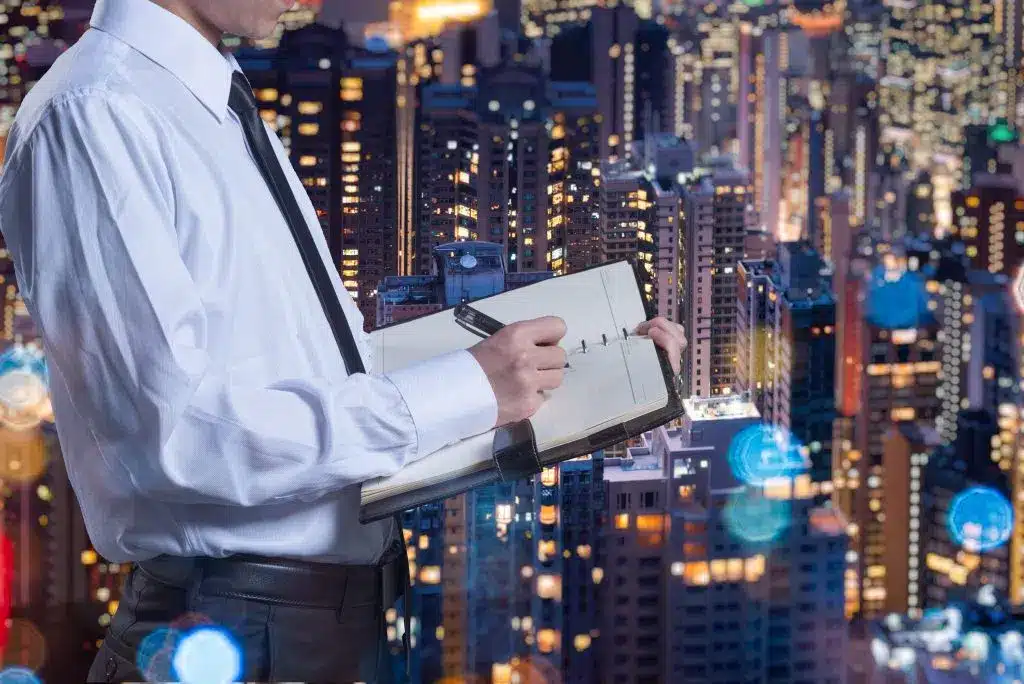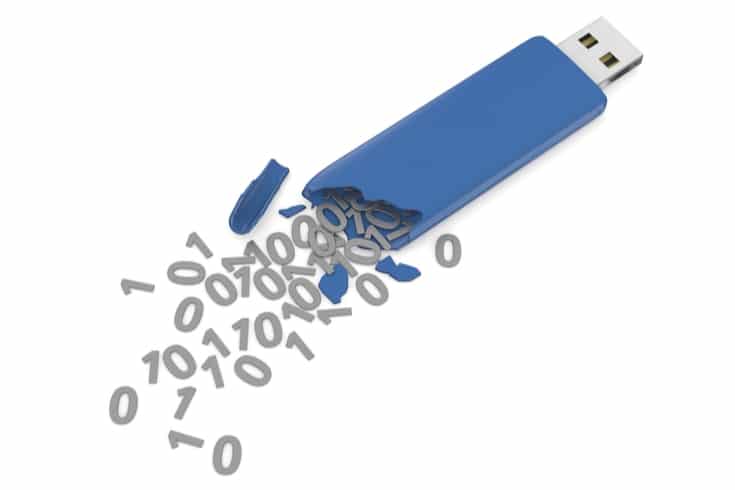Reducing the Burden of Proof for Victims of Piracy: Explaining the Copyright Law Amendment Enacted in January Reiwa 6 (2024)
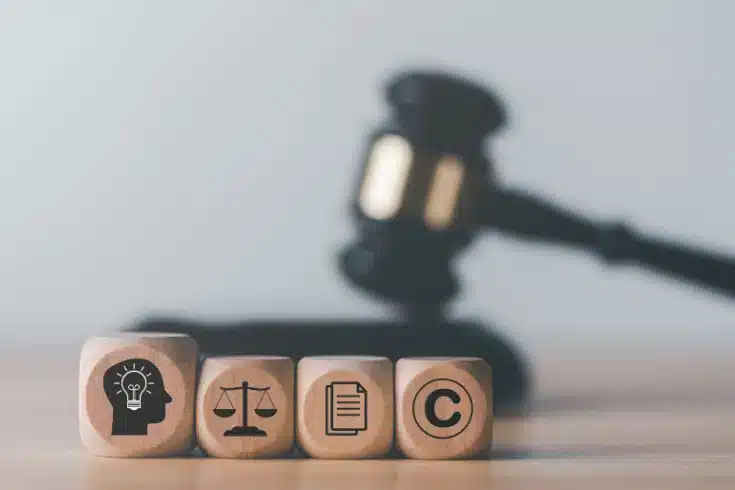
Copyright, the most familiar form of intellectual property rights surrounding us, has been amended and came into effect in January 2024.
The amendment aims to ensure fair use of copyrighted works and provide appropriate protection of copyright and related rights. It focuses on three major points:
- Revision of the provisions limiting rights related to the public transmission of copyrighted works in legislation and administration
- Review of the method for calculating damages to provide effective relief from piracy-related harm
- Establishment of a new arbitration system for the use of copyrighted works
Of these, points 1 and 2 were implemented on January 1, Reiwa 6 (2024). Point 3 will come into effect on a date specified by a Cabinet Order within three years of its promulgation.
What exactly has changed with this amendment? Let’s discuss each of the three points in detail.
Review of the Provisions Limiting Rights for Public Transmission of Works in Legislation and Administration
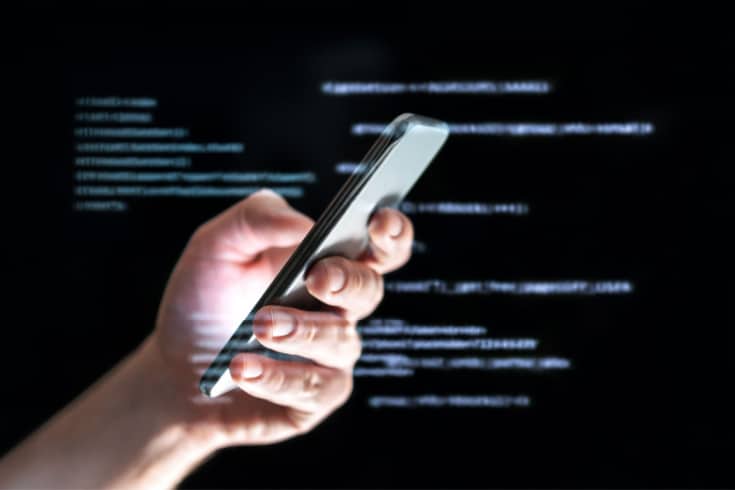
Historically, legislation and administration have been rooted in a “paper culture.” However, with the advancement of paperless initiatives and digital transformation (DX), there has been an increasing need for the exchange of documents utilizing digital network environments.
Prior to the amendment, Article 42 of the Japanese Copyright Law allowed for the reproduction of works without the consent of the copyright holder or related parties, to the extent deemed necessary for judicial proceedings or for internal use in legislation and administration. However, public transmission methods such as cloud storage and email required the consent of the copyright holder or related parties.
In light of the need to establish a foundation for a digital society, the same scope of reproduction allowed under the aforementioned article can now be performed without the consent of the copyright holder or related parties, provided it does not unfairly harm their interests. This includes:
- Public transmission for internal use in legislation and administration
- Public transmission for administrative procedures such as patent examinations, as stipulated by law
This has now been made possible.
Transmission of Internal Documents for Legislative and Administrative Purposes
It has been established that works can be transmitted to the public, to the extent necessary, among users of internal documents when it is deemed necessary for legislative or administrative purposes (related to Article 42).
For example, such use is anticipated when it is necessary for the functioning of the Diet or local assemblies, such as during the deliberation of bills or budget proposals, or national policy investigations, or when national or local administrative agencies plan and draft policies for the affairs they manage. This includes scanning and downloading copyrighted works for internal use, saving them to a cloud accessible to employees within the department, or conducting online meetings with relevant departments.
Even before the revision of the Copyright Law, Article 42 allowed for the reproduction of copyrighted works as internal documents for legislative and administrative purposes without the permission of the copyright holder. However, this did not apply if the type and purpose of the work, the number of copies made, or the manner of use would unjustly harm the interests of the copyright holder.
Furthermore, “internal documents” refer to materials necessary for the Diet or local assemblies to fulfill their functions, such as deliberation of bills, budget proposals, and national policy investigations, or when national or local administrative agencies plan and draft policies for the affairs they manage. This is permitted only when members of the legislature or administrative staff, exercising legislative or administrative authority, deem it necessary for proper purposes such as consideration and discussion within internal departments.
Public Transmission for Administrative Procedures such as Patent Examination as Stipulated by Law
It has been established that, in response to digitalization, works such as literary pieces can be transmitted to the public to the extent deemed necessary for administrative procedures like patent examinations and administrative tribunal proceedings (related to Article 41-2 and Article 42-2).
When conducting online applications and reviews, it is anticipated that the use of others’ copyrighted works, such as scanning or downloading materials and saving them to an online application and review system, or sending them via email, will be permitted.
However, the public transmission of copyrighted works is only allowed “to the extent deemed necessary.” Sharing or transmitting the entire work when only a part is needed exceeds the necessary limit and is not permitted.
Furthermore, public transmission under this provision is not possible in cases where it would “unjustly harm the interests of the copyright holder,” such as impeding existing businesses like clipping services. In such cases, the consent of the copyright holder or related parties is required as a general rule.
The revision of the legal provisions limiting the rights to public transmission of copyrighted works in legislation and administration came into effect on January 1, 2024 (Reiwa 6).
Related article: When is it permissible to quote videos? Explaining the requirements under copyright law and case law[ja]
Revising the Calculation Method for Damages to Effectively Remedy the Harm from Pirated Content
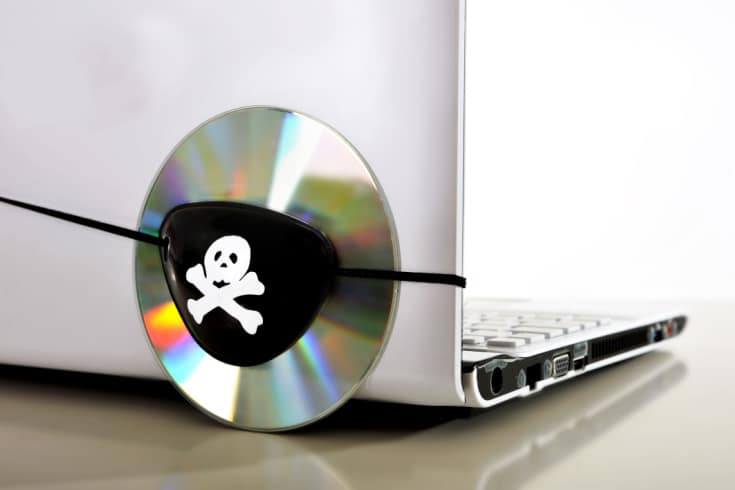
In claims for damages due to copyright infringement, the method for calculating the amount of damages is stipulated to reduce the burden of proof on copyright holders and related parties.
However, it has been pointed out that when it comes to damages claims for harm caused by pirated content sites, it is difficult for the victims to prove their losses, and as a result, adequate compensation is rarely awarded.
Therefore, similar to the Japanese Patent Law, in order to further reduce the burden of proof on copyright holders and related parties in lawsuits claiming damages for copyright infringement, and to effectively remedy the harm from pirated content, the following revisions have been made to the method for calculating the amount of damages:
- Recognition of an amount equivalent to the license fee based on the quantity of infringing products transferred, etc.
- Clarification of the factors to consider when determining the equivalent license fee
These revisions have been implemented.
Recognition of License Fee Equivalent Based on the Quantity of Infringing Goods Transferred
The amount equivalent to the license fee for the portion exceeding the copyright holder’s capacity to sell or distribute is now added to the basis for calculating damages. This allows for the recognition of damages for lost profits due to the loss of licensing opportunities, even in cases where the infringer’s sales volume exceeds the rights holder’s capacity to sell or distribute (related to Article 114).
Regarding the provision that allows for the calculation of damages based on the quantity of illegally sold goods, it is now possible to calculate damages including the amount equivalent to the license fee for the portion that exceeds the copyright holder’s capacity to sell, which was previously deducted from the calculation of damages.
Clarification of Factors for Consideration in Determining the Equivalent Amount of License Fees
It has been established that when calculating the amount equivalent to license fees recognized as damages, the amount that would likely be settled upon in negotiations assuming copyright infringement can be considered (related to Article 114).
Furthermore, when courts determine the equivalent amount of license fees, they will now clarify provisions that allow for consideration of factors such as unrestricted use due to copyright infringement, in comparison to general license fees contracted under certain conditions (such as usage period and scope), as factors that may increase the amount.
Under the Japanese Copyright Law, relief is available through both criminal and civil actions in cases where copyright and other rights are infringed by pirated copies.
For criminal penalties against those who infringe copyright and other rights, penalties include “imprisonment for not more than 10 years or a fine of not more than 10 million yen, or both” (for corporations, a fine of not more than 300 million yen). In particular, the imprisonment term was increased from “not more than 5 years” to “not more than 10 years” in a revision made in 2006 (Heisei 18), indicating a more severe punishment.
On the other hand, in civil cases, although the current law provides for a special calculation of damages, it has been pointed out that the amount may not be sufficient as it deducts the portion exceeding the copyright holder’s sales capacity from the basis of calculation.
Therefore, with the recent amendment, the calculation of damages has been revised to explicitly include the equivalent amount of license fees related to the portion exceeding the copyright holder’s sales capacity, which was not stipulated in the current law, thereby enabling an increase in the amount of compensation.
This revision of the method for calculating damages, aimed at providing effective relief for victims of piracy and similar issues, came into effect on January 1, 2024.
Related article: Legal Measures for Copyright Infringement ‘Fast Movies’ Posted on YouTube?[ja]
Related article: A 500 Million Yen Compensation Judgment… What is the Legal Responsibility for Fast Movies? A Lawyer Explains Criminal and Civil Liability[ja]
Establishment of a New Adjudication System for the Use of Copyrighted Works
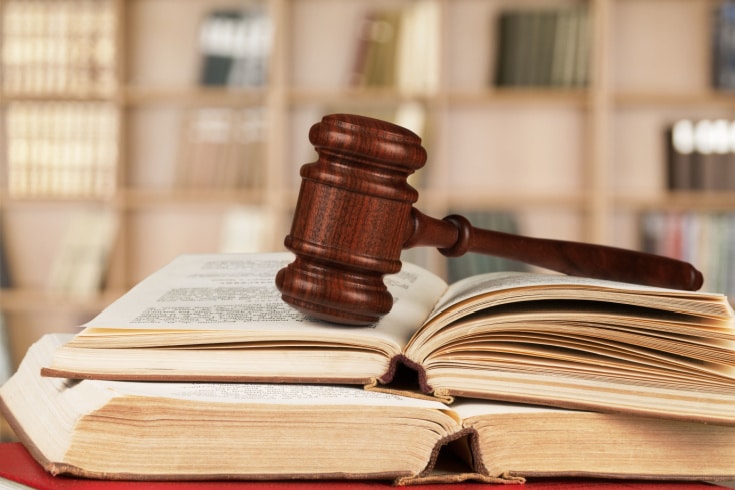
It goes without saying that using someone else’s copyrighted work typically requires the permission of the copyright holder. However, it is also true that there are many works for which the rights holder is unknown or their intentions regarding the use of the work cannot be confirmed.
To resolve such issues and facilitate the smooth use of past works and content created by the general public, the following measures have been implemented:
- Streamlining the use of copyrighted works where the intentions of the copyright holder cannot be confirmed
- Simplifying procedures through a new adjudication system managed by a designated organization
These measures are now in place.
For example, scenarios that are anticipated include:
- When digitizing past works for a digital archive, and some copyright holders are unknown or uncontactable, making it impossible to process the rights
- When someone wishes to use content created by an amateur writer posted on a website, but there is no way to apply for use to the writer, or no response is received when contact is attempted
- When a single work has multiple copyright holders, and it is impossible to contact some of them
These are the types of situations that are envisioned.
Taking into account the time required for public awareness, the establishment of this new adjudication system will come into effect within three years from the date specified by government ordinance following its promulgation on May 26, 2023 (Reiwa 5).
Facilitating the Use of Works with Unidentifiable Copyright Holders
Digitization has made it easier to create, disseminate, and use content, leading to an increase in content created not only by professionals but also by the general public and posted on the internet, as well as a growing demand for new uses of past works. However, there have been challenges in smoothly utilizing such content when the copyright holders are unreachable.
In cases where individuals wish to use such unmanaged published works (works for which centralized management is not conducted, and information to smoothly confirm the intentions of the copyright holders regarding use is not published) and cannot confirm the intentions of the copyright holders despite taking measures to do so, they can “use the unmanaged published works for a limited period as determined by the ruling of the Commissioner of the Agency for Cultural Affairs, by depositing a compensation fee” (related to Article 67-3 of the Japanese Copyright Law).
This is a new ruling system that allows for quicker utilization by simplifying the procedures compared to the current ruling system. Focusing on the presence or absence of the copyright holders’ “intentions,” the law enables use until a claim is made by the copyright holders, while ensuring opportunities to confirm their intentions by legally setting a maximum usage period of three years (which can be renewed by reapplying after the three years have passed).
Copyright holders can request the Commissioner of the Agency for Cultural Affairs to cancel this ruling, and upon cancellation, the use of the system is no longer possible, and the copyright holders can receive the compensation fee.
However, when canceling the ruling, it is confirmed that the parties are in a position to negotiate a license, so if users wish to continue using the work after the cancellation, they must negotiate a license with the copyright holders. It is also possible to continue using the work through license negotiations after the request.
Simplification of Procedures through New Adjudication System and Contact Organizations
In the establishment of the new adjudication system, private institutions designated and registered by the Commissioner of the Agency for Cultural Affairs will be able to act as contact points for users, facilitating the procedures and ensuring their promptness and simplicity, as well as their proper execution.
The organizations serving as contact points are divided into two categories based on the services and functions they perform: “Designated Compensation Management Organizations” and “Registered Confirmation Organizations.”
Designated Compensation Management Organizations will be responsible for:
- Receiving compensation and security payments when using works under the adjudication system for unidentified copyright holders (Article 67), use during adjudication application (Article 67-2), and the new adjudication system (Article 67-3).
- Managing the received compensation and security payments.
- Disbursing the compensation and security payments to the copyright holders or their representatives.
- Conducting operations related to the protection of works and the facilitation of their use, as well as promoting creation (Business for the Facilitation of Protection and Use of Works).
Registered Confirmation Organizations, acting on behalf of the Commissioner of the Agency for Cultural Affairs, will handle:
- Administrative tasks related to the acceptance of applications for the new adjudication system.
- Confirmation of whether an application meets the requirements of the new adjudication system (Requirement Confirmation).
- Calculation of the amount corresponding to the normal usage fee (Usage Fee Equivalent Calculation).
When the intention of the copyright holder or related parties regarding the use of a desired work cannot be confirmed, an application for the new adjudication is made to a Registered Confirmation Organization designated by the Commissioner of the Agency for Cultural Affairs. The Registered Confirmation Organization will then conduct the necessary checks on the requirements and calculate the usage fee, before forwarding the application to the Commissioner.
Based on the confirmation results from the Registered Confirmation Organization, if the Commissioner of the Agency for Cultural Affairs makes a new adjudication, the amount of compensation to be paid by the user will also be determined. Users will be able to use the applied works by paying this compensation to the Designated Compensation Management Organization designated by the Commissioner of the Agency for Cultural Affairs.
Summary: Consult a Lawyer for Damages from Piracy
One of the highlights of the Reiwa 6 (2024) amendment to the Japanese Copyright Law is the revision of the method for calculating damages to provide effective relief for victims of piracy. With the calculation method now clearly defined, even the portion of lost profits that exceeded the rights holder’s sales capacity, which was previously deducted, will now be included in the compensation for damages.
If your copyright has been infringed upon by pirate sites, we highly recommend consulting with a lawyer promptly to recover from the damage.
Guidance on Measures by Our Firm
Monolith Law Office is a law firm with high expertise in both IT, particularly internet, and legal matters. In recent years, intellectual property rights, especially copyright, have garnered significant attention. Our firm provides solutions related to intellectual property. Please refer to the article below for more details.
Areas of practice at Monolith Law Office: IT and Intellectual Property Legal Services for Various Companies[ja]

